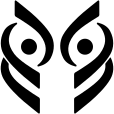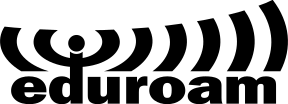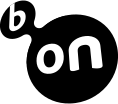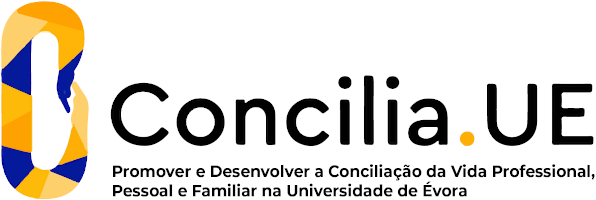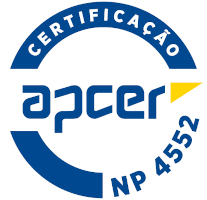2025
Organic Chemistry applied to Biochemistry
Name: Organic Chemistry applied to Biochemistry
Code: QUI13562L
3 ECTS
Duration: 15 weeks/78 hours
Scientific Area:
Chemistry
Teaching languages: Portuguese
Languages of tutoring support: Portuguese, English
Regime de Frequência: Presencial
Sustainable Development Goals
Learning Goals
This course unit is intended for students to:
- acquire knowledge in the field of organic chemistry applied to biotechnology, in particular as regards the chemistry of secondary metabolites;
- understand and classify the different types of secondary metabolites;
- develop dexterity, ease and safety in laboratory work;
- develop the design and execution skills of laboratory work in the extraction, isolation and identification of secondary metabolites;
- develop critical thinking and problem solving skills.
- acquire knowledge in the field of organic chemistry applied to biotechnology, in particular as regards the chemistry of secondary metabolites;
- understand and classify the different types of secondary metabolites;
- develop dexterity, ease and safety in laboratory work;
- develop the design and execution skills of laboratory work in the extraction, isolation and identification of secondary metabolites;
- develop critical thinking and problem solving skills.
Contents
Secondary metabolites:
- Classification;
- Biological activity.
Derivatization reactions of secondary metabolites.
Separation and isolation techniques of secondary metabolites and their derivatives:
- Chromatography;
- Stationary phases, elution systems and detection modes.
Spectroscopic and spectrometric techniques for structural analysis of organic compounds:
Separation techniques and isolation of organic compounds:
Column chromatography, HPLC and GC.
Stationary phases, eluents and detection methods.
Spectroscopic and spectrometric techniques for structural analysis of organic compounds:
One and two-dimensional of spectrometric techniques of NMR (1H, 13C, DEPT, COSY, HMBC, HMQC, INADEQUATE, NOESY, TOCSY,...).
NMR spectrometry of other important nuclei (15N, 19F, 31P and 29Si).
Infrared spectrometry (FT-IR).
Mass spectrometry.
- Classification;
- Biological activity.
Derivatization reactions of secondary metabolites.
Separation and isolation techniques of secondary metabolites and their derivatives:
- Chromatography;
- Stationary phases, elution systems and detection modes.
Spectroscopic and spectrometric techniques for structural analysis of organic compounds:
Separation techniques and isolation of organic compounds:
Column chromatography, HPLC and GC.
Stationary phases, eluents and detection methods.
Spectroscopic and spectrometric techniques for structural analysis of organic compounds:
One and two-dimensional of spectrometric techniques of NMR (1H, 13C, DEPT, COSY, HMBC, HMQC, INADEQUATE, NOESY, TOCSY,...).
NMR spectrometry of other important nuclei (15N, 19F, 31P and 29Si).
Infrared spectrometry (FT-IR).
Mass spectrometry.
Teaching Methods
The teaching/learning process is based on individual work by students, supported by the bibliography recommended by the lecturer and notes taken by students during classes. Theoretical classes are lectures during which some exercises are solved, questions are answered and topics related to the subject taught are discussed. The respective contents are presented with the support of image projections and diagrams or handwritten structures on the board, where students' participation is encouraged with questions and short discussions, favoring the collective construction of knowledge. Whenever possible, the theoretical contents will be related to the research developed in the field of the respective courses.
Practical laboratory classes work in conjunction with and complement theoretical classes, using the planning and execution of laboratory work to provide practical examples of theoretical content. Laboratory activities also involve independent research and content preparation by students to prepare for the activity and write a report. Students carry out laboratory activities in groups, following experimental protocols, with subsequent analysis of the results obtained for the preparation of a final report. This methodology allows students to develop dexterity, resourcefulness and safety in laboratory work, as well as critical thinking and problem-solving skills.
Students are encouraged to use Moodle as a resource for organizing and accessing learning materials and for communicating with the teacher and classmates.
Practical laboratory classes work in conjunction with and complement theoretical classes, using the planning and execution of laboratory work to provide practical examples of theoretical content. Laboratory activities also involve independent research and content preparation by students to prepare for the activity and write a report. Students carry out laboratory activities in groups, following experimental protocols, with subsequent analysis of the results obtained for the preparation of a final report. This methodology allows students to develop dexterity, resourcefulness and safety in laboratory work, as well as critical thinking and problem-solving skills.
Students are encouraged to use Moodle as a resource for organizing and accessing learning materials and for communicating with the teacher and classmates.
Assessment
According to current regulations, student assessment in this course will consist of two components, one theoretical and one practical laboratory, and two optional modalities for the final grade, attendance, and/or final exam. In any of the modalities, for students to be admitted to the respective examinations, they must comply with the provisions of the academic regulations regarding attendance at the course unit classes.
Students with working-student status who are unable to attend theoretical classes and practical laboratory classes will have to take a practical laboratory exam, which should only be taken after passing the theoretical exam.
The assessment and grading of the theoretical component will be carried out through written exams, each worth 20 points and lasting 2.5 hours.
The assessment and grading of the practical laboratory component will be carried out by integrating the results of the continuous assessment obtained in these classes, considering laboratory performance, reports prepared in practical laboratory classes, and progress in learning at the level of laboratory execution.
In the optional attendance mode for assessment of the theoretical component, students will take three tests throughout the semester, in which the grade for any of them must be equal to or higher than 8 points to achieve a grade equal to or higher than 10 points, which is necessary for approval. Students who fail in this mode may only submit to an assessment of the theoretical component in an appeal exam.
Regarding the laboratory component, assessment will be continuous. To obtain approval, students must achieve a grade equal to or higher than 10 points. Students who fail may request to take a laboratory exam.
In the optional exam mode, students will take a test at the end of the semester or during the appeal period to assess the theoretical component. Students who fail the exam may retake the theoretical component assessment in an appeal exam. For the laboratory component, the grade obtained in the continuous assessment of the laboratory classes, or the laboratory exam will be considered.
Students who pass in either modality may improve their grade in an appeal exam.
The final grade is given by the contribution of the theoretical and practical components in the following terms: 70% of the theoretical component, which includes the weighted average of the results of the three tests or the final exam, and 30% of the practical laboratory component.
Students with working-student status who are unable to attend theoretical classes and practical laboratory classes will have to take a practical laboratory exam, which should only be taken after passing the theoretical exam.
The assessment and grading of the theoretical component will be carried out through written exams, each worth 20 points and lasting 2.5 hours.
The assessment and grading of the practical laboratory component will be carried out by integrating the results of the continuous assessment obtained in these classes, considering laboratory performance, reports prepared in practical laboratory classes, and progress in learning at the level of laboratory execution.
In the optional attendance mode for assessment of the theoretical component, students will take three tests throughout the semester, in which the grade for any of them must be equal to or higher than 8 points to achieve a grade equal to or higher than 10 points, which is necessary for approval. Students who fail in this mode may only submit to an assessment of the theoretical component in an appeal exam.
Regarding the laboratory component, assessment will be continuous. To obtain approval, students must achieve a grade equal to or higher than 10 points. Students who fail may request to take a laboratory exam.
In the optional exam mode, students will take a test at the end of the semester or during the appeal period to assess the theoretical component. Students who fail the exam may retake the theoretical component assessment in an appeal exam. For the laboratory component, the grade obtained in the continuous assessment of the laboratory classes, or the laboratory exam will be considered.
Students who pass in either modality may improve their grade in an appeal exam.
The final grade is given by the contribution of the theoretical and practical components in the following terms: 70% of the theoretical component, which includes the weighted average of the results of the three tests or the final exam, and 30% of the practical laboratory component.
Teaching Staff
- António Manuel Deométrio Rodrigues Lourenço Pereira [responsible]








